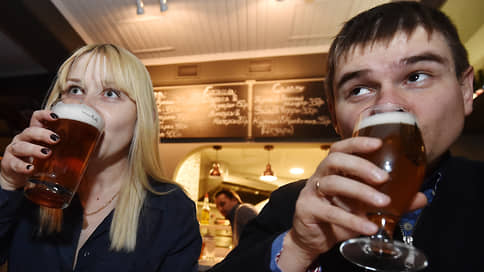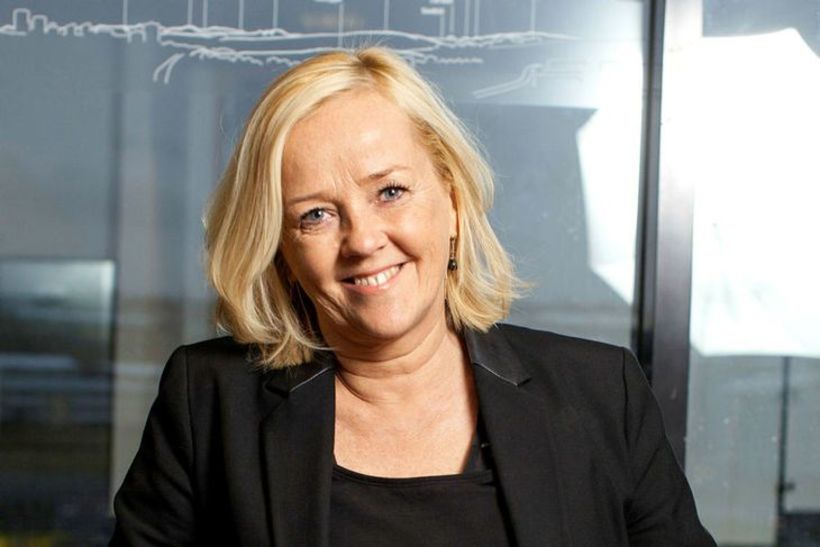New regions have become a driver of beer sales growth

The regions included in Russia in 2022 became a driver of beer sales growth. Now they provide 2-3% of federal demand for products. One of the largest Russian brewery Baltika at their expense was able to increase sales by almost seven percentage points. The main consumption in the new regions is formed by seasonal workers.
New territories account for 2-3% of the beer sold in Russia, follows from the data of the Nielsen analytical company. This figure continues to increase. An independent expert of the alcohol market Alexei Malsin estimates the share of these regions at 5% of the total beer produced in Russia. There are still no official figures on retail sales in the new regions: until 2027, enterprises of these constituent entities of the Russian Federation may not report, explains Mr. Malsin.
Alcohol is one of the key categories of consumer expenses in Russia. According to Nielsen estimates, an average of 4% of the family budget is spent on it a month. In January – February, beer accounted for 39.4% of the total alcohol cash sales in Russia. According to the Rosalkoltabakcontrol, in January -April of 2025, 279.5 million gave beer and beer drinks in Russia. A year by the year, the indicator grew by 3.6%, while almost all the main categories of strong alcohol showed a decrease.
Nielsen analysts note that sales of beer in the LPR, DPR, Zaporizhzhya and Kherson regions give an additional impulse to the entire segment. If, according to the results of 2024, natural beer sales within the borders of Russia until 2022 increased by 6.1%, then taking into account new territories – by 9.9%.
The contribution of new regions in the sales of individual manufacturers is more noticeable.
The retail demand for products Ab Inbev Efes (Bon Season, Velkopopovicky Kozel, “Old Miller from the barrel”) over the past year without new regions grew by 12.1%, with their account – by 13%. For the Baltic, the indicators amounted to 11.1% and 18%, respectively. The company explained to Kommersant that in 2024, beer sales in new regions increased by 50% of the year.
The “United breweries” (OPH; Previously Heineken in the Russian Federation; Brands “Three Bears”, “Okhota”, “Zhigulevskoye 1978” and “Bochkarev”) and the Moscow brewer company (MPC; Khamovniki, Zhiguli Barny, Count Orlov, Hollandia) the volume of natural beer sales over the past year decreased. But the new regions smoothed the decline. For example, without their accounting, the MPC lost 9% in the amount of sale in 2024, with their accounting, 7.3%. In these companies they did not answer the questions “Kommersant”.
Alexei Malsin believes that the most significant amount of beer supplies to new regions is carried out by Baltika, using capacities in Rostov-on-Don. The speech, according to him, is, in particular, about beer under the Don brand. The Baltic was specified by Kommersant that in Rostov-on-Don the company for a license now produces beer under the local brand of Donbass Yuzovskoye. It is spilled for sale to the whole south of Russia, including Crimea, Stavropol Territory, Volgograd region.
A significant share in new territories is also occupied by local manufacturers from the southern regions of Russia, including Crimea, says Mr. Malsin.
These players replaced Ukrainian manufacturers who have left the market. Although local manufacturers who launched the business even before changing the authorities retain a significant share in new territories, Kommersant’s source in the alcohol market believes. The co -owner of the SVAM Group distributor and GLETCher brewery Igor Khavsky does not exclude that imported drinks can also be supplied. The only difficulty, for example, for Crimea, he calls expensive logistics.
Mr. Malsin considers the most active group of consumers in the new regions of workers who came for the construction of large facilities and the restoration of cities. “These are people who have left other regions where consumption, respectively, has decreased,” he warns. Nielsen Executive Director Konstantin Loktev suggests that a significant number of consumers in new territories will eventually contribute to the growth of not only the beer market, but also other segments of the consumer market.








